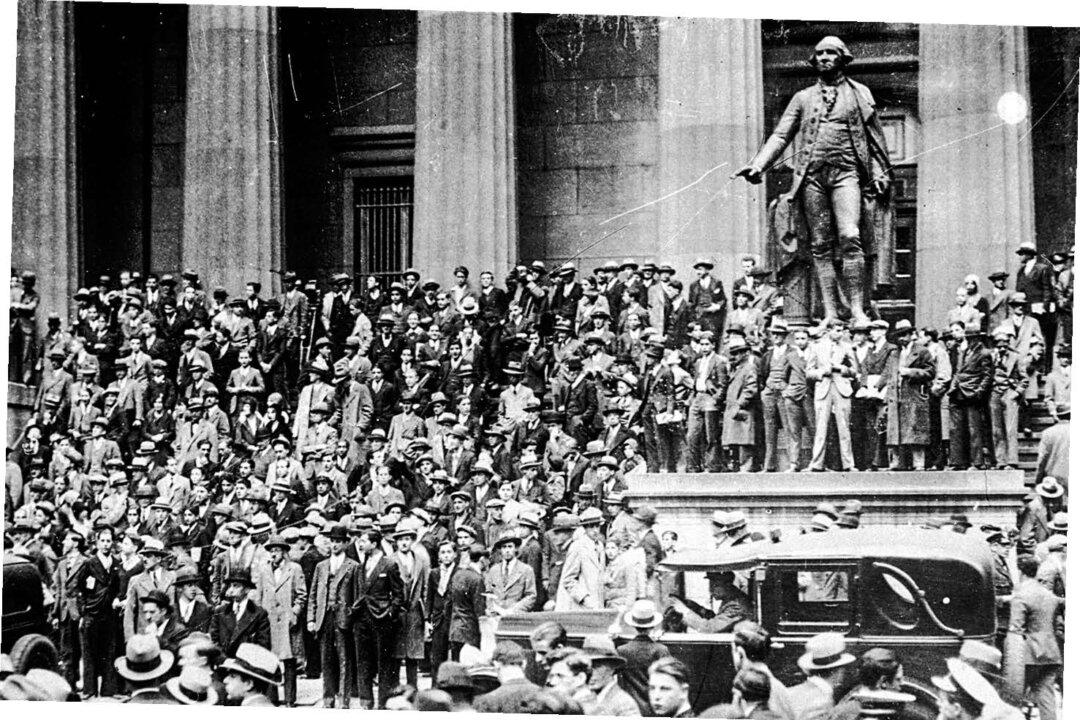Buying stocks on margin is buying stocks with money you don’t have. Usually, it’s speculators who engage in this risky practice that can be profitable as long as the market keeps going up.
Let’s say you have $10,000 in an account with your stockbroker. Under normal circumstances, you could buy up to $30,000 worth of stock with a $20,000 loan from the broker. Let’s assume you are lucky and the stock goes up 50 percent. The position is now worth $45,000, and your equity has increased by $15,000 to $25,000. This means you can increase your position size again to $75,000 and buy more stock, because most brokers only require you to keep 30 percent of cash or stock as collateral.





